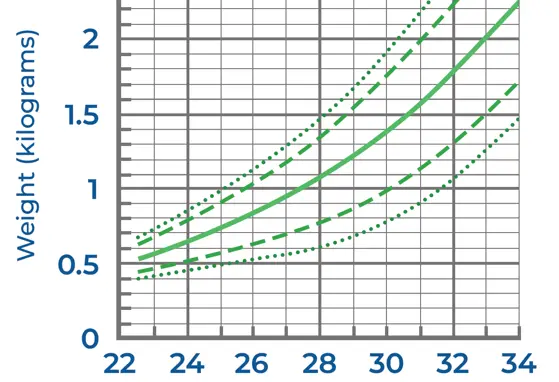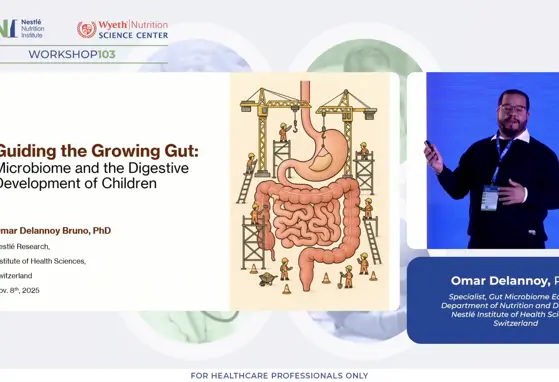Early food sensory experiences and the development of eating behaviours
The development of food preferences starts in utero, and continues in early life through food experiences. Complementary feeding becomes a critical window in which the frequency, variety, and quality of food texture affects the development of oral anatomy and oral processing skills, and shapes the child's food preferences and dietary patterns. Offering infants a broad experience allows them to "like" a wider variety of foods. This eating behavior can affect the child's habitual texture preferences, eating rate and energy intake which can influence longer-term dietary patterns, weight gain and health.
If you liked this post you may also like

Post-Discharge Nutrition in Preterm Infants: Balancing Growth and Long-Term Health

Mindful Microbes: The Interplay Between Environment, Gut Microbiome, Brain, and Behavior

Exploring the Crosstalk: Nutrition, Microbiome, and Cardiometabolic Health

Guiding the Growing Gut: Microbiome and the Digestive Development of Children